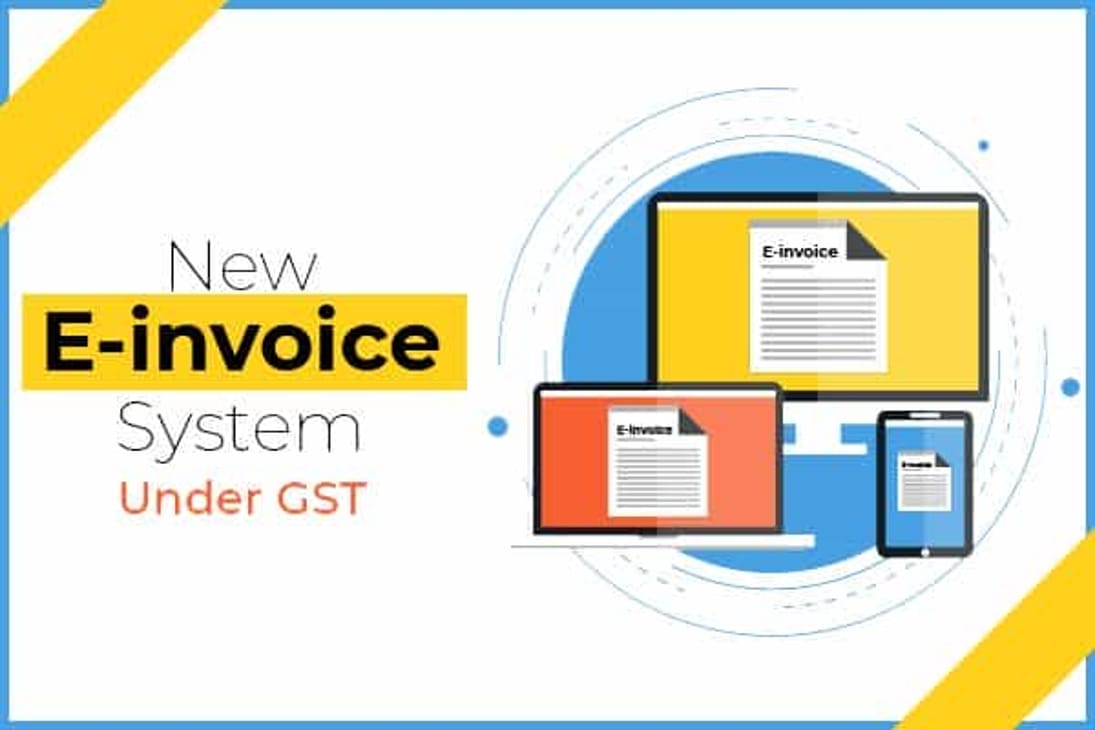Tista | Jan 1, 2020 |

All about GST E-invoicing
The GST Council approved the standard of e-invoice in its 37th meeting held on 20th Sept 2019 and the same along with schema has been published on GST portal.
Let us discuss the concept in detail:-
Who are the persons required to generate E-invoices
A registered person whose AGGREGATE TURNOVER in a financial year exceeds ₹ 100 crores would be required to generate e-invoices. Thereby, the turnover criteria is to be seen at the PAN level which would also include the supplies between the GSTINs having the same PAN (i.e. distinct persons) and not at the registration or GSTIN level.
When will the E-invoicing provisions be applicable
The GST Council has approved introduction of ‘E-invoicing’ or ‘electronic invoicing’ in a phased manner for reporting of business to business (B2B) invoices to GST System, starting from 1st January 2020 on voluntary and trial basis for registered persons have aggregate turnover of ₹500 crores or more. However, for persons having aggregate turnover of ₹100 crores or more, the e-invoicing system can be applied on voluntary and trial basis from 1st February, 2020. Since there was no standard for e-invoice existing in the country, standard for the same has been finalized after consultation with trade/industry bodies as well as ICAI after keeping the draft in public place.
What is the procedure involved under e-invoicing
Under the e-invoicing system, the invoices are authenticated electronically by GST Network (GSTN) for further use on the common GST portal. Two procedures are required in e-invoicing system:-
The new system requires invoice details to be uploaded on the government site i.e. Invoice Registration Portal or IRP on real-time basis. Based on the uploaded details, a unique invoice reference number (IRN) will be allocated against an each invoice. IRN would be get validated through IRN portal and GSTN.
What are the benefits of e-invoicing
E-invoicing resolves and plugs a major gap in data reconciliation under GST to reduce mismatch errors. E-invoicing will surely help the taxpayers to reduce compliances related to uploading of invoices. Tax authorities will have the access of all transactions as transactions will take place in real-time basis since e-invoice will have to be compulsorily generated through the GST portal. It will help in automation of the tax return filing process as all the relevant details of the invoices would be auto-populated and it will provide faster availability of input tax credit.
What documents are required while reporting in IRP
Below is the list of documents which are to be provided by the taxpayer while reporting the e-invoices to IRP:-
Does GST portal support e-invoice generation
There is no such mechanism of generating e-invoice directly on the GST portal. Some companies have already hired the individual ERP for e-invoicing task. Business invoices should be in line with the protocols set for invoicing. Invoice generation directly on the giant portal (GST Portal) is not been suggested for now. Small and medium businesses can take help from eight free accounting/billing softwares currently listed by the GSTN.
Click Here to Buy CA Final Pendrive Classes at Discounted Rate
For which transactions e-invoice is required to be generated
Tags: GST, All about GST e Invoice, e invoice under gst applicability, e invoice in gst portal, gst e invoice news, e invoice format gst, e invoice under gst format, invoice registration portal, e-invoicing in india, e invoice gst limit
In case of any Doubt regarding Membership you can mail us at contact@studycafe.in
Join Studycafe's WhatsApp Group or Telegram Channel for Latest Updates on Government Job, Sarkari Naukri, Private Jobs, Income Tax, GST, Companies Act, Judgements and CA, CS, ICWA, and MUCH MORE!"